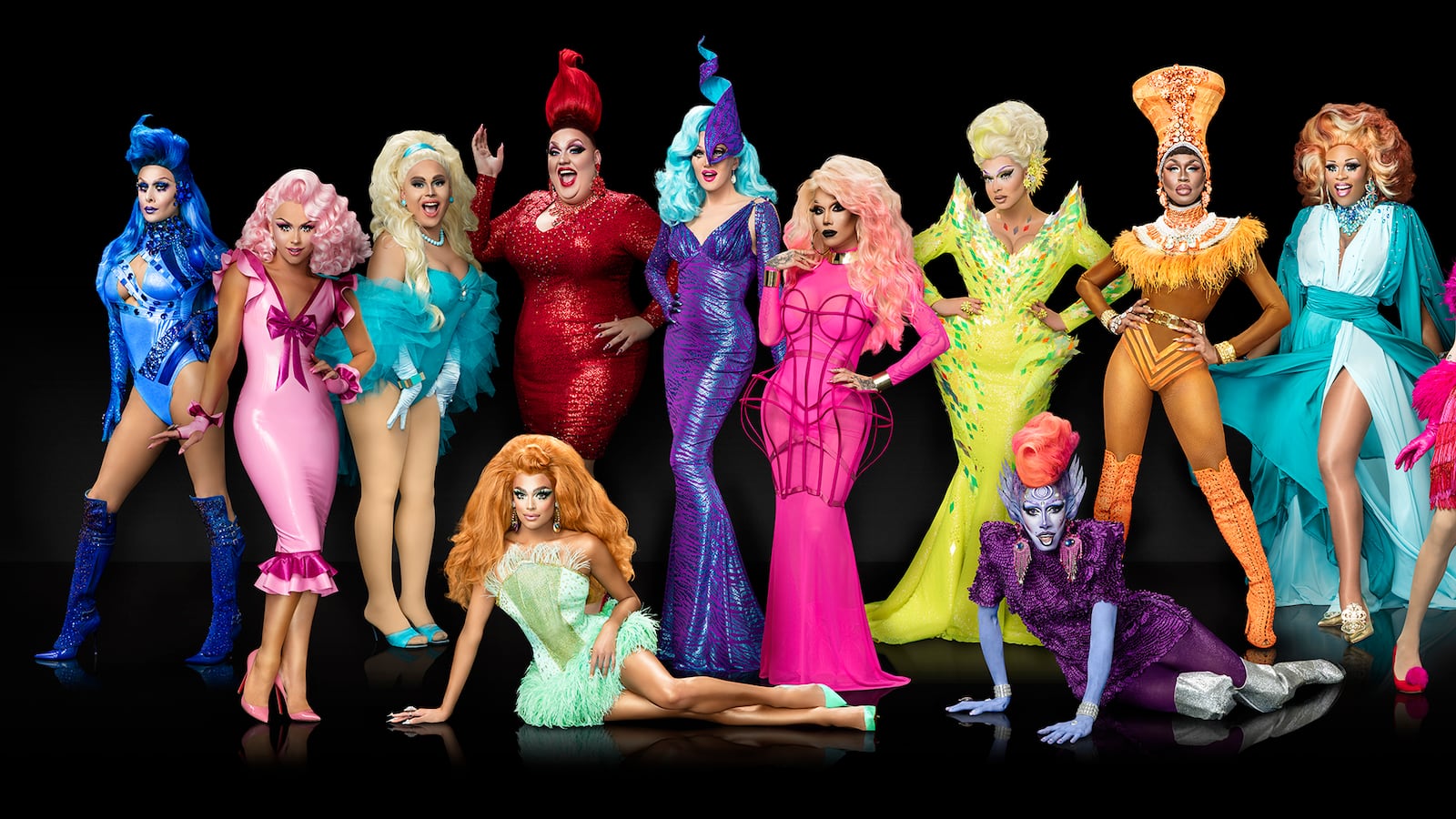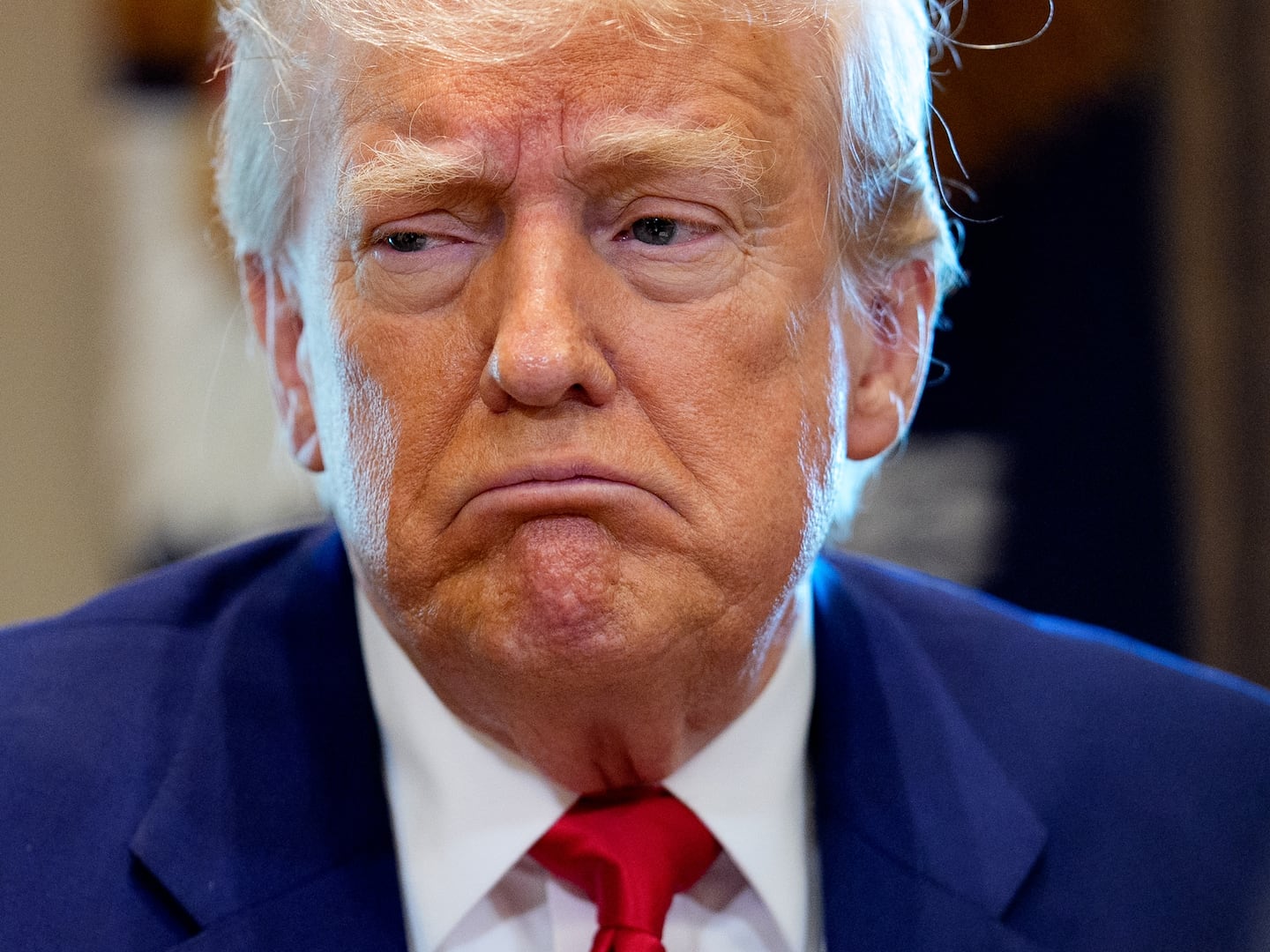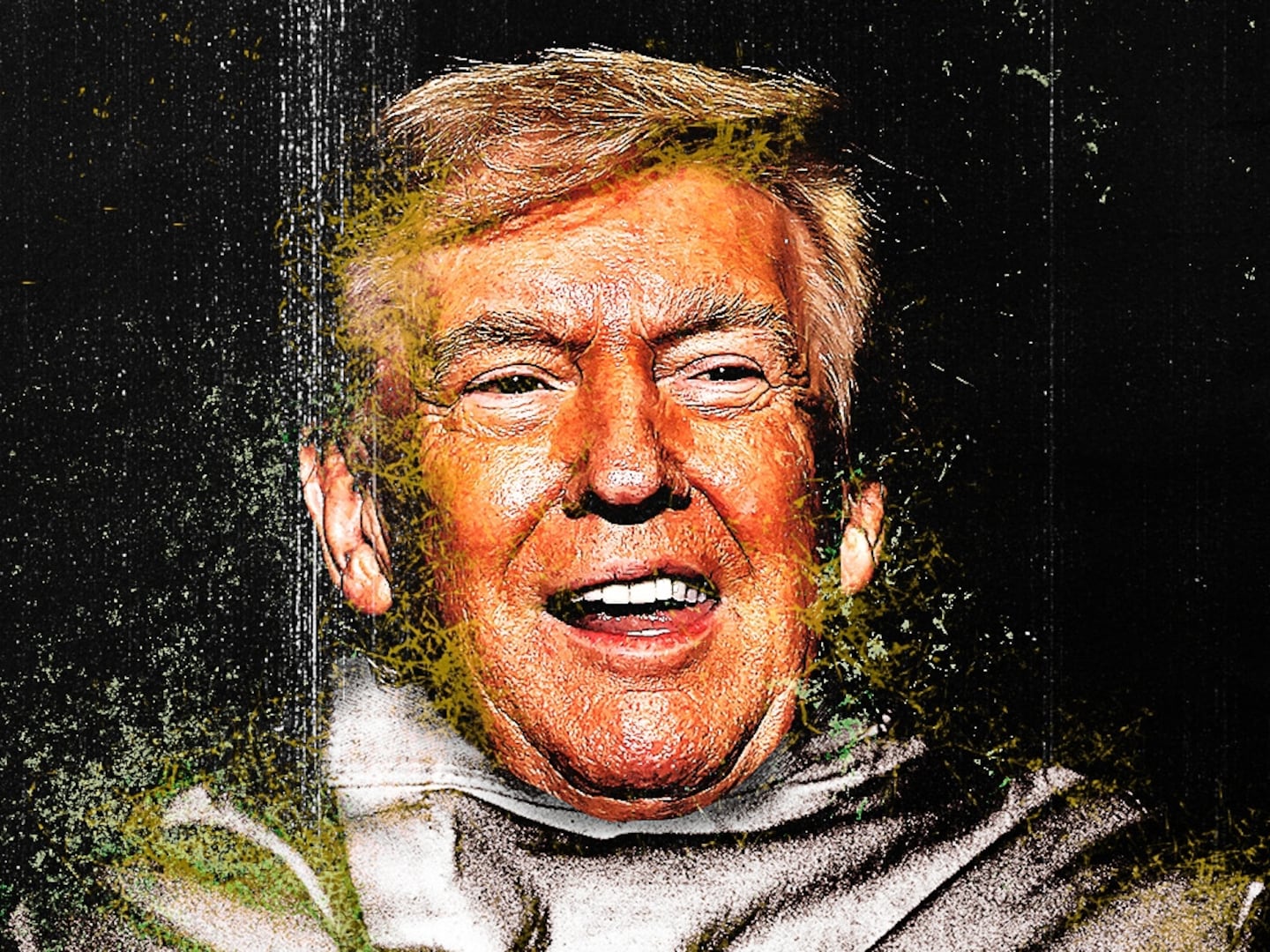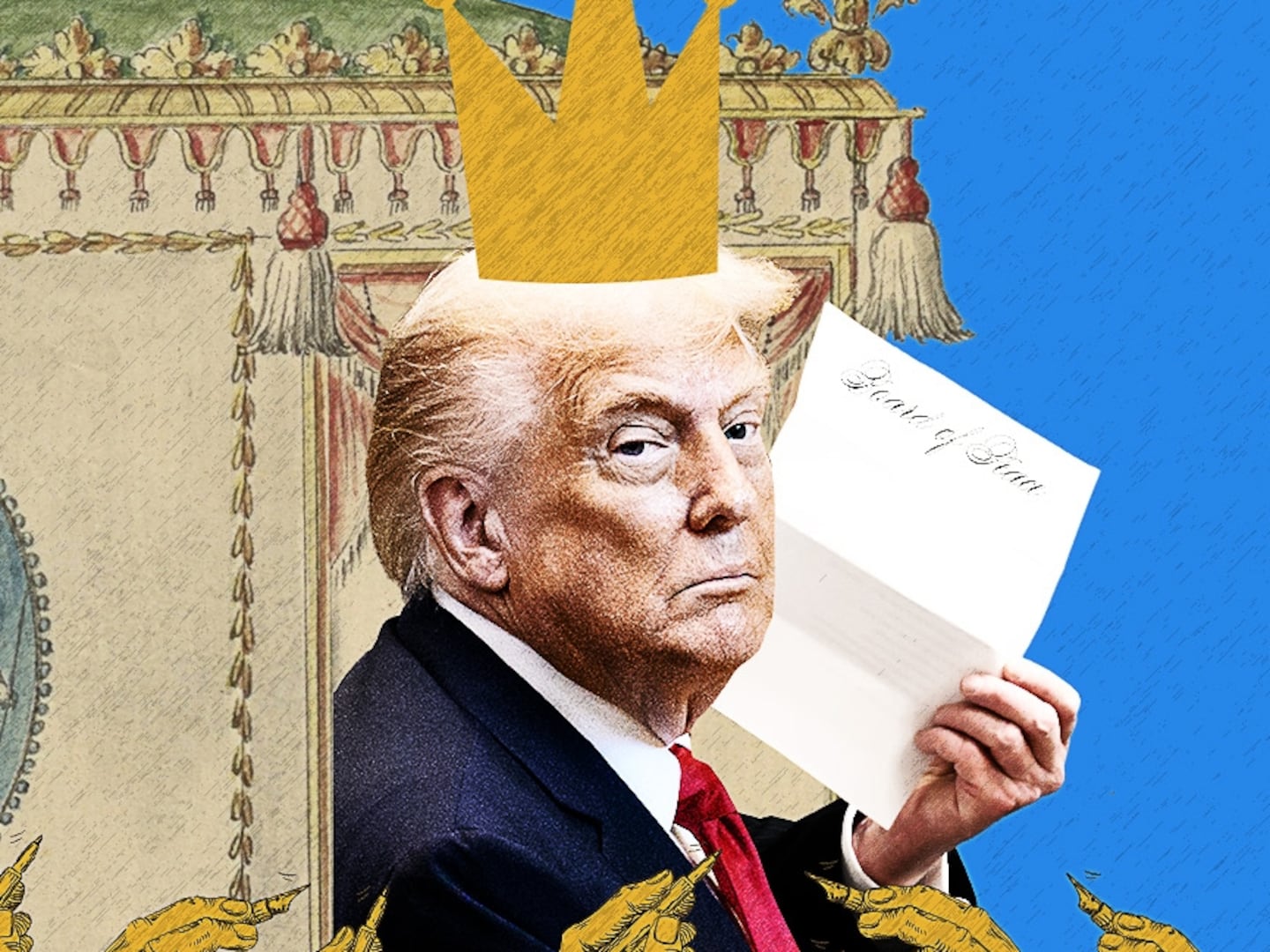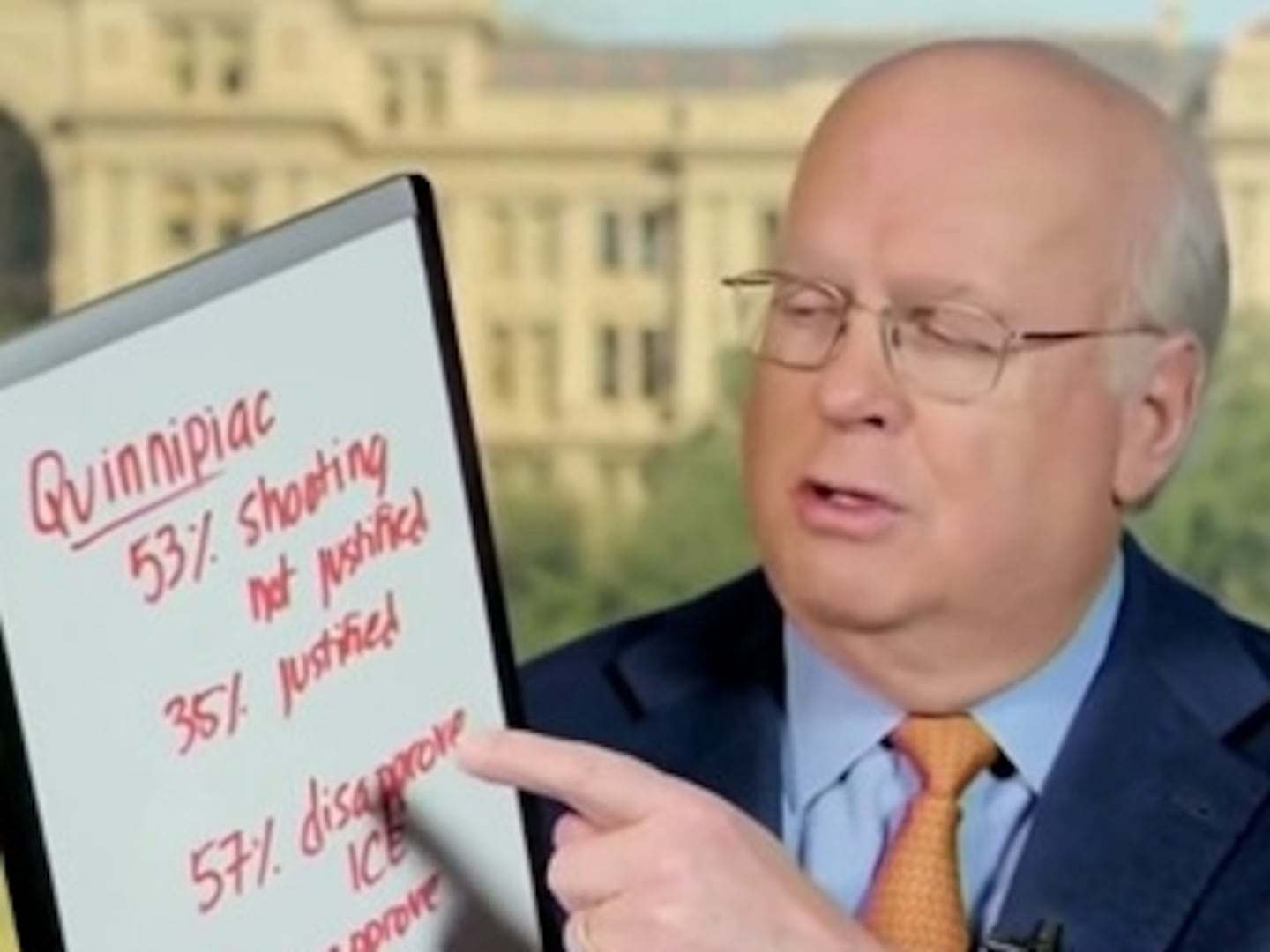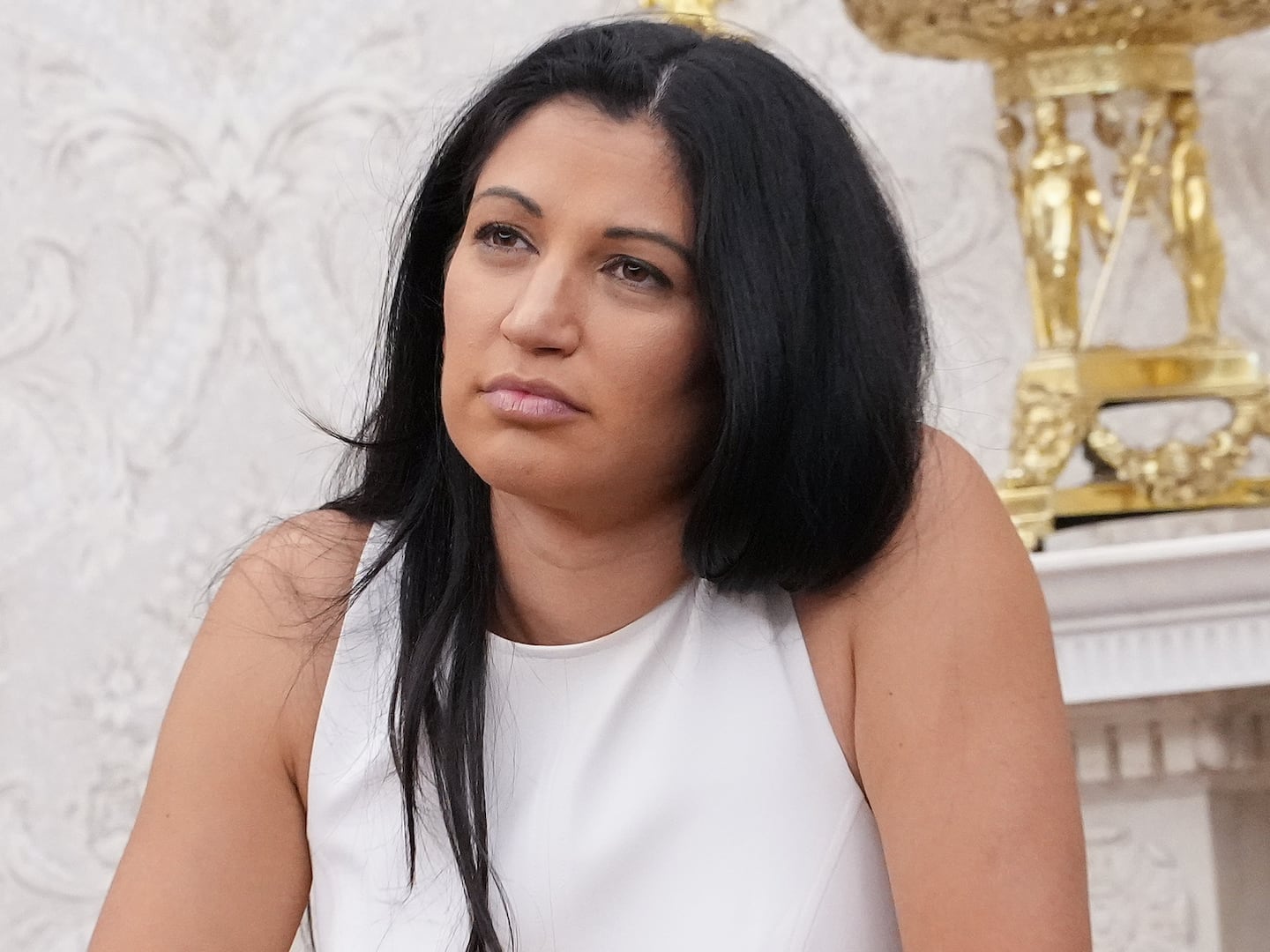Season 9 of RuPaul’s Drag Race arrives with a lot of “new.”
It’s on a new network, being promoted to VH1 after eight years airing on the LGBT-centric Logo channel. Coupled with a gag-worthy guest spot by Lady Gaga in Friday’s premiere, it’s got new mainstream recognition, with a shiny Emmy Award for host RuPaul Charles to prove it.
It’s also airing, for the first time in the show’s herstory, under a new administration, with new fears, anxieties, and, for the LGBT community that the search for the next drag superstar celebrates, doubts about rights and acceptance moving forward.
“We are the conservatives’ worst nightmare,” grins Charlie Hides, the towering U.K.-based drag queen, who at 52, is the oldest—read: most experienced—contestant Drag Race has ever had. “And it’s because we’re living on our terms with creativity, empathy, and imagination and that scares the shit out of them. I’m proud to be part of the opposition party.”
Speaking with The Daily Beast at the New York premiere party for Season 9 this month, the season’s contestants have a keen awareness of the power and significance of doing drag and being a part of this TV show at this particular time.
And their message to the new administration, surprisingly, isn’t to sashay away. It’s Donald Trump: Shantay, you stay.
“RuPaul preaches positivity,” says Orlando queen Trinity Taylor, who, to make the messaging more poignant, is a former Miss Pulse of Orlando’s Pulse nightclub, where 49 LGBT people were killed last year. “RuPaul is someone who pushes the boundaries for the good, and someone who brings a positive light to anything political.”
After gloriously posing for photos in her feathered showgirl ensemble, pink headpiece reaching for the ceiling, Farrah Moan says she is especially excited that, given the political climate, the show is airing on the more popular VH1 network this year. “We’re bringing drag to a more mainstream level like, ‘We’re gay. Get over it. We’re going to shove our sparkly gayness down your mainstream television throats.’”
She laughs, seguing to a more serious message. She talks about being bullied in high school and having suicidal thoughts because of it, and how she’s worried about today’s LGBT youth because of the world they are coming out to.
“I think when someone like Donald Trump becomes president and all these things start happening, it would scare me if I was a kid,” she says. “I think it would be really special for me as a kid to be able to watch people be gay as hell, all that they want, in the real world and do big things like this.”
The discourse in the country these past few months is even having an effect on her—both in drag and in her everyday life as a gay man—which is something that really surprised her.
“It’s weird when you feel like you were so confident and secure before, and all of a sudden you’re scared to be yourself,” she says. “But fuck it. You can’t let fear control your life, and Donald Trump has a tiny penis.”
Las Vegas queen Kimora Blac is a student of the show. In a sheer black gown with her Nicki Minaj curves and cleavage testing all “eyes up here” determination, she talks about how the show’s message of staying true to who you are will now encompass a greater call for community and support than ever. “You have to stand together and go harder,” she says.
And as far as reaching a potential new audience, she’s tickled by the opportunity airing on VH1 provides. “This is going to be on Donald Trump’s TV screen,” she says. “I hope it’s the only channel he gets.”
VH1, remember, was an early supporter of bringing drag to a broader audience, airing RuPaul’s talk show, The RuPaul Show, for 100 episodes from 1996 to 1998.

“When I was younger I would turn on VH1 and I would see a drag queen on TV,” says Trinity Taylor, adjusting her bejeweled, red-carpet-ready green gown. “I think now it is important that our youth do have these figures on TV that come from places like they do, that have the same dreams that they do, that may not feel accepted and can relate to one of the people on TV and be like, ‘I can make it. It will get better.’”
The two decades between VH1’s last airing of The RuPaul Show and Friday’s Drag Race premiere saw the network embrace LBGT culture and gay interests in ways subtle and obtuse, intelligent and, occasionally perhaps well-intentioned but misguided. Camp gay icons were created (I Love New York, Big Ang), gay culture sociologically explored (Totally Gay!), and gay culture celebrated (VH1 Divas Live!).
Nonetheless, there’s a sense of truly being seen, and certainly validated, with Drag Race’s move to VH1—that it’s no longer a little show with a cult following airing on the gay network ghetto, but worthy of a broader audience, and likely to be enjoyed by that audience, to boot. (Whether or not the show needs that or the community wants that is a separate debate.)
And should someone who has never seen drag—or been afraid of drag performers, or judged them, or not understood why they do what they do—happen to be channel-surfing through VH1 and stumbles on Drag Race, maybe they’ll become enlightened.
“If you’re some conservative in a backwater little town and you see it for the first time, you might be afraid of all the color and all,” says Charlie Hides. “But then you start seeing that it’s a story about people’s journey through from fear and loving to self-acceptance.”
For the fun of the drag and performing and the fashion, part of the show’s success has been owed to the beats it takes to allow the men behind the queens to share their struggles with depression, bullying, being rejected by their families, loneliness, and even HIV and AIDS.
“Audiences fall in love every season with a group of people that they never met before,” Hides says. “Now more people are going to see us and not be afraid of us. They’re going to get to know us and say, ‘Oh, I’d like to meet that person.’”

And it takes a show like Drag Race to do that. “You can have slogans. You can have 140 characters. You can have positive bumper stickers, and they never change anybody’s mind or opinion,” Hides continues. “But if you tell somebody’s story you can change their mind. You can change their heart. You can soften them. You’re going to hear lots of people’s stories in this season.”
It’s something that many of the other queens are careful to point out as well. Aja, wearing what she calls “a spaceship of an outfit,” stresses that, with this season, “America is about to receive an education.”
And the fact that it’s defied all television odds by growing in popularity as it approaches its ninth season is owed to one simple thing, rules Trinity Taylor: positivity. “That’s something you don’t see on a lot of TV shows,” she says. “Especially on a lot of reality-TV shows. Although there might be drama sometimes I feel like RuPaul always pulls out the positivity.”
Is this a lot of meaning to put on a TV show in which Lady Gaga shows up to judge who mimicks her fashion the best, and men dressed as women lip-sync “for their lives” to Cher songs? Respectfully, the queens all give a definitive “no.”
“I feel like the fact that all the girls are here representing being as gay as possible is what the world needs right now,” says Jaymes Mansfield, who would later that night perform a lip-synced number while wearing a fuzzy pink leotard and manipulating a ventriloquist dummy on her hand. “The more people saying, ‘Yaaas,’ the better the world will be.”
Can I get an amen?

